The afternoon sun sets on the sparkling Ba Be Lake. Boats sail up and down the vast blue lake, taking visitors to enjoy the scenery amidst the mist, and the indigo-clad silhouette of a slender Tay woman, rowing her dugout canoe back to her village…
 |
| The landscape and cultural identity preserved in Ba Be (Bac Kan) attract tourists . |
Around the lake, the villages of Pac Ngoi, Bo Lu, Coc Toc, Ban Cam... in Nam Mau commune, Ba Be district (Bac Kan) are developing community ecotourism such as homestay and farmstay with the active participation of local people to both sustain their livelihoods and preserve the identity and traditional cultural values here. According to geologists, Ba Be Lake was formed nearly 200 million years ago due to a major geological change that caused the limestone mountains to collapse. The lake is surrounded by limestone mountains mixed with ancient sandstone and primeval forests, creating spectacular landscapes with unique geological and soil structures. Ba Be Lake was recognized by the World Freshwater Lake Conference held in the US (1995) as one of the 20 special freshwater lakes in the world that need to be protected.
…In the morning, I wake up to the sound of chickens chirping under the stilt house and the sound of motorboats on the river. In front of Pac Ngoi village is the endless Leng river. The fields are leisurely on the days when the land rests.
Life on the shores of Ba Be Lake is vivid. Men weave nets, catch fish and shrimp, women embroider, make cakes, plant corn and rice, grow vegetables and sugarcane. The alluvium of the Leng River nourishes the trees all year round. From the imprint of the indigo shirt rowing a dugout canoe on Ba Be Lake, we followed Ms. Hua Thi Tham to Ngoc Trinh Homestay - which is also her family's home. The family has more than four rice fields. In previous years, the economy relied entirely on rice cultivation, corn cultivation, and raising chickens and pigs with a meager income, but since 2018 - when implementing the homestay tourism model, her family has had a stable source of income and gradually become prosperous. While serving guests with food and accommodation at home, her family also meets the needs of cultural exchange, campfire, and experience of working and living with the locals (such as: making wine, fishing, rowing dugout canoes, pounding rice cakes, plowing, planting corn, harvesting rice...) of tourists.
 |
| Foreign tourists trekking Ba Be National Park. |
Sitting by the fire that was warming the floor, Ms. Tham stirred the hot coals to grill sticky rice cakes and offered them to us. The cakes were bright red and delicious. She said that on days when there were no guests, the family would share the farming work, collect firewood, catch fish and shrimp; in the evening, they would teach their children their lessons, and then roast sticky rice to make sticky rice cakes and sky cakes. On days when the house welcomed guests, family members would voluntarily arrange their work to serve them in the most thoughtful way.
There are days when she leads foreign tourists trekking about 25-30 km through many routes to Dao and Mong villages and Ba Be National Park. The journey always starts in the morning when the grass and trees are still covered in dew until the sun sets. Thanks to homestay tourism, the family has learned more knowledge, and life has become more interesting when interacting with tourists from all over the country and internationally.
Along the road from Pac Ngoi village to Bo Lu village is being urgently completed, traveling by car or motorbike is more convenient and safer. Bo Lu village is also a location with many beautiful views facing Ba Be lake. The houses are next to each other at the foot of the mountain, facing the flat fields and the large lake. Quynh Mai homestay of Ms. Dam Quynh Mai's family in Bo Lu village, meets 3-star OCOP standards with two two-story stilt houses, which can accommodate 70 guests at the same time. She said that on average, each year she welcomes about 1,700 guests, in addition to two motorboats transporting tourists, each year earning about 200 million VND. In addition, Ms. Mai's family grows 3,000 square meters of agricultural land every year, enough rice to supply the family and tourists. In the planned flower growing area, folk games on an area of about 6,000m2 will create more places for tourists to play and entertain. Ms. Mai shared: “We cooperate with local tourism groups such as art troupes performing for tourists, boat groups taking tourists on tours, and tour guides to share benefits and ensure the best service for tourists. At the same time, we always prioritize the use of agricultural products and local products to prepare dishes for tourists and take advantage of natural materials in the design of rooms and homestay grounds.”
Along with opening homestay services to serve the needs of sightseeing and exploring the scenic spots of the lake area, people still maintain the weaving of fishing nets, weaving bamboo, sewing costumes and accessories of local ethnic groups. With the desire to preserve and continue the traditions of the ethnic group, every day, Ms. Phung Thi Tuyen in Bo Lu village, Nam Mau commune still meticulously sews typical ethnic products such as Tay clothes, fabric hats, con balls, bags, wallets and some other handmade products to introduce and sell to customers. The poetic corner of the shop called "Nang Ban" is an ideal "check-in" spot that many tourists visit thanks to the space designed with wood in a minimalist, close style, the airy space facing the immense lake, giving visitors a feeling of relaxation and peace.
The family of Mr. Ngon Van Son - Chairman of the People's Committee of Nam Mau Commune - in Pac Ngoi village is the first homestay business household to welcome foreign guests in the locality. With the advantage of being able to communicate in two foreign languages, English and French, Mr. Son also works as a tour guide for foreign tourists, and at the same time easily acquires valuable experience in the homestay tourism business model. He once visited France for 24 days and participated in the Workshop on the model of farmers doing tourism of the Accueil Paysan Association. Therefore, he has many new and unique ideas about the homestay tourism model, with the motto of integration, but not dissolution. According to Mr. Son, the image of stilt houses in the villages by the lake and the traditional cultural beauty passed down from generations of ancestors are always the key to the success and development of homestay tourism.
After dinner, the space of the spacious and clean stilt house of Mr. Son's family became more cozy with the singing and chatting of the foreign guests. During her trip to Vietnam, Ms. Lilean (a Dutch tourist) and her group stopped at Ba Be Lake on the 21st day: "A wonderful land and climate helped our trip become inspiring and full of energy. The locals are friendly, they cook delicious food. Ba Be Lake is beautiful and attractive, but it takes a lot of time to explore it all. We really want to come back here again." As for Mr. Tao Gia San, an international tour guide, it is the natural beauty, rusticity, and innocence of the land and people of Ba Be Lake that attracts and holds tourists. After many years of leading groups of tourists to Ba Be, what impressed him most and kept in mind was the hospitality and kindness of the people here.
Nam Mau Commune, Ba Be District currently has a total of 58 accommodation establishments, of which 43 are stilt houses with two homestay establishments meeting 3-star OCOP standards, with 142 boats serving tourists visiting Ba Be Lake and 10 art troupes. According to statistics from the People's Committee of Nam Mau Commune, in 2023, the number of guests staying in the commune was 12,000, of which 6,690 were international visitors. Four community tourism groups are operating effectively in the villages of Bo Lu, Coc Toc, Pac Ngoi, and Ban Cam. In the days before Tet, the locality has planned to prepare for the biggest Ba Be Lake festival of the year in Bo Lu village ■
Source: https://nhandan.vn/bat-ngat-xanh-vung-ho-ba-be-post795197.html
Source




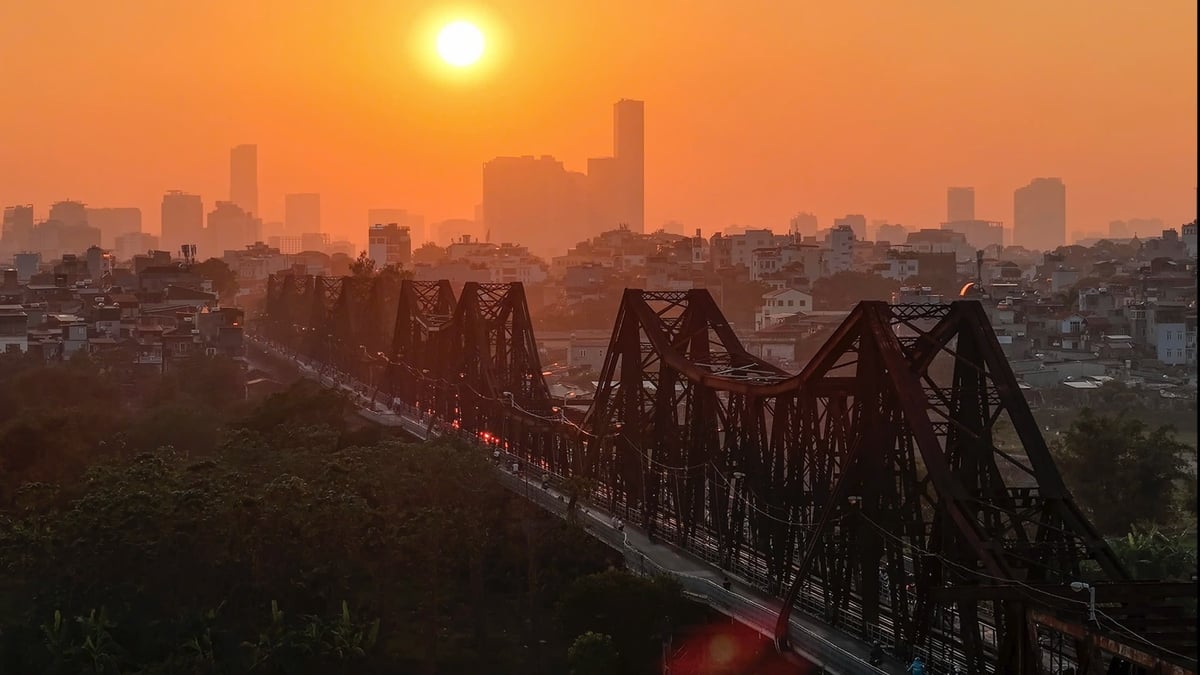


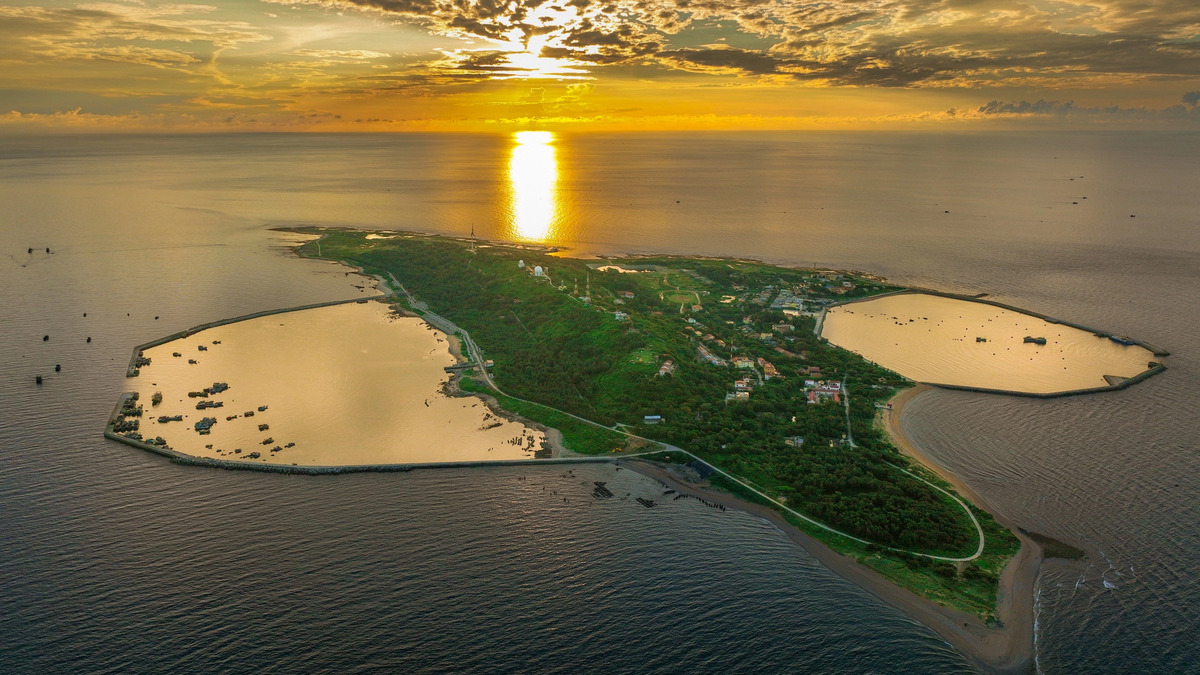
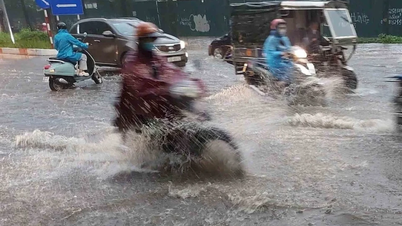

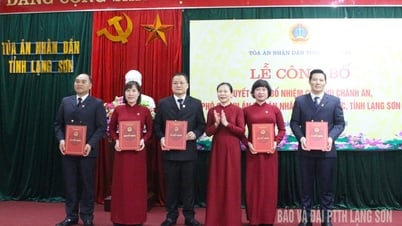
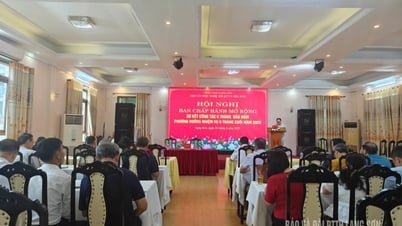
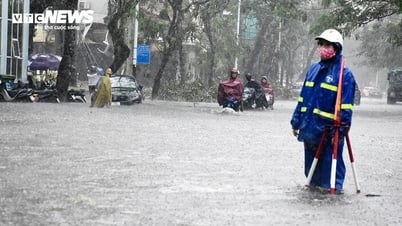
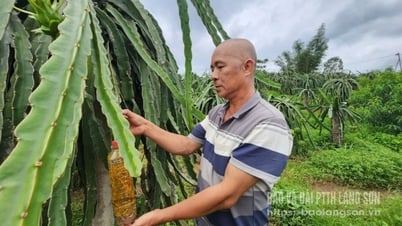
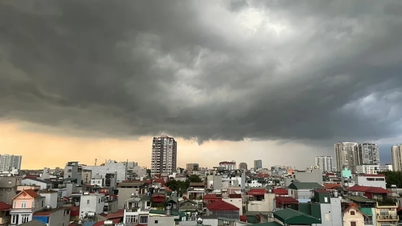




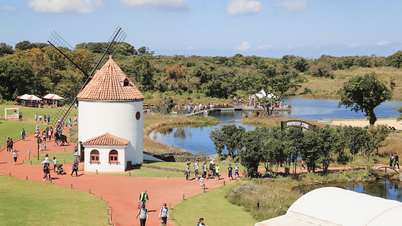
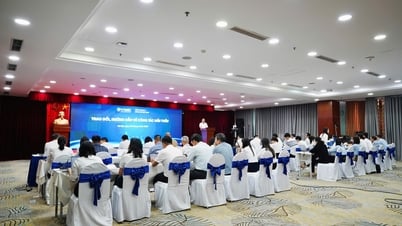
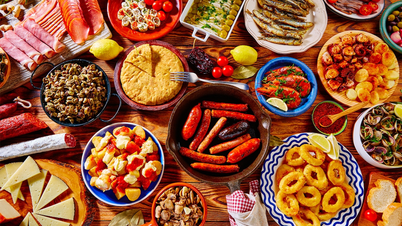
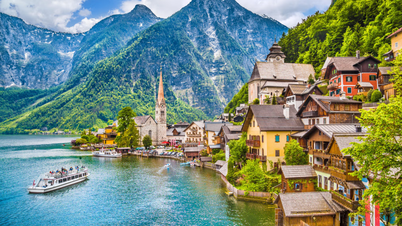
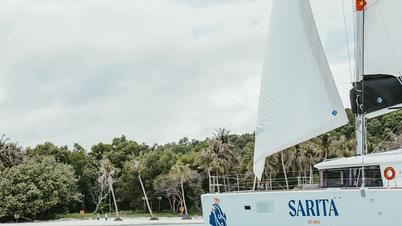
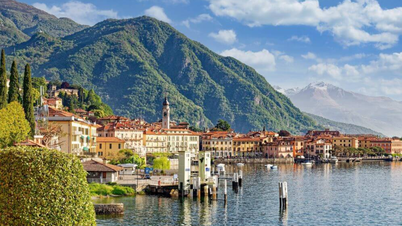
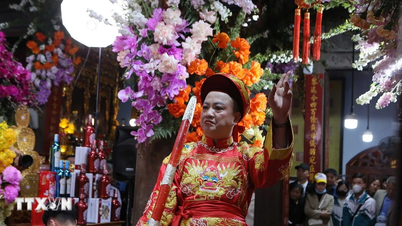

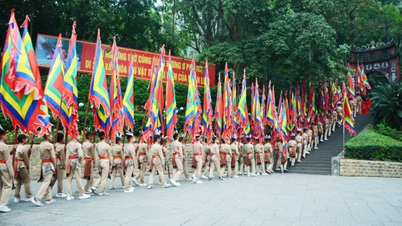

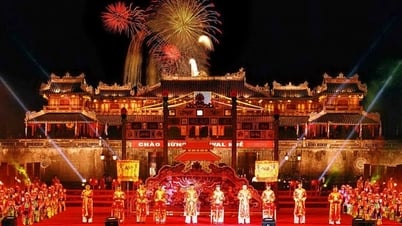

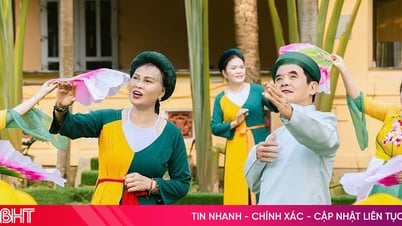




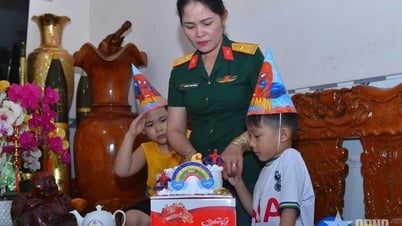
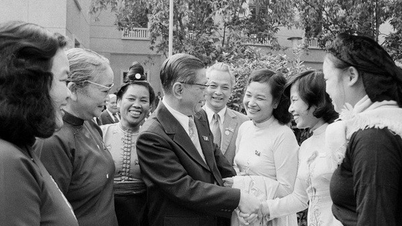
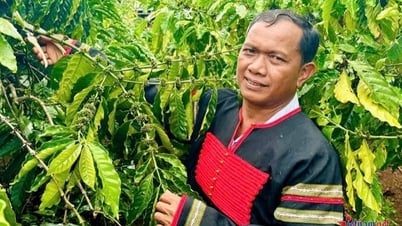

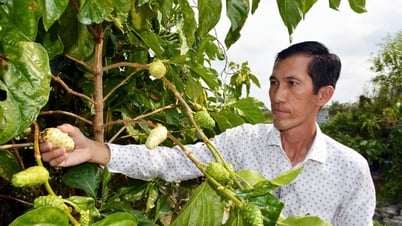








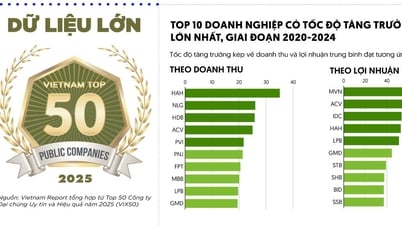





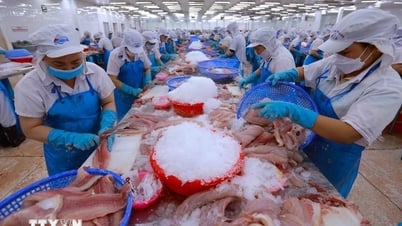




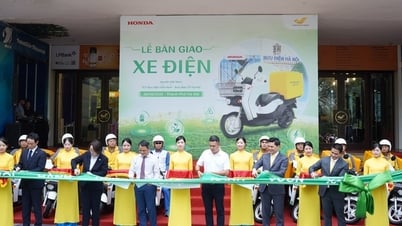

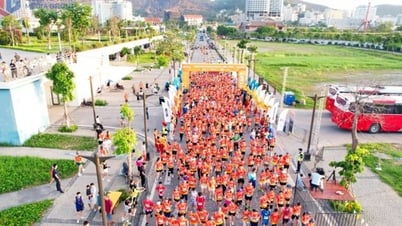


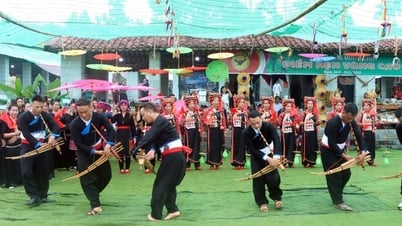



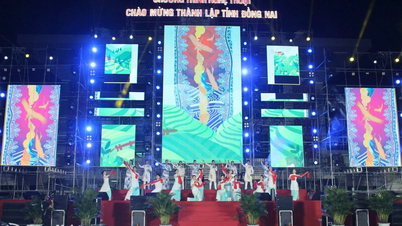



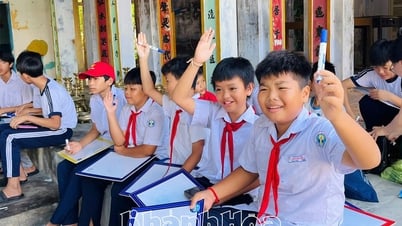










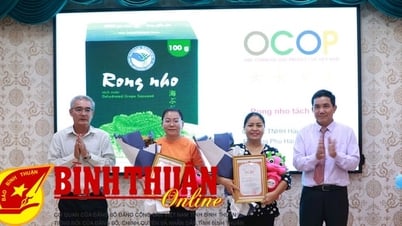



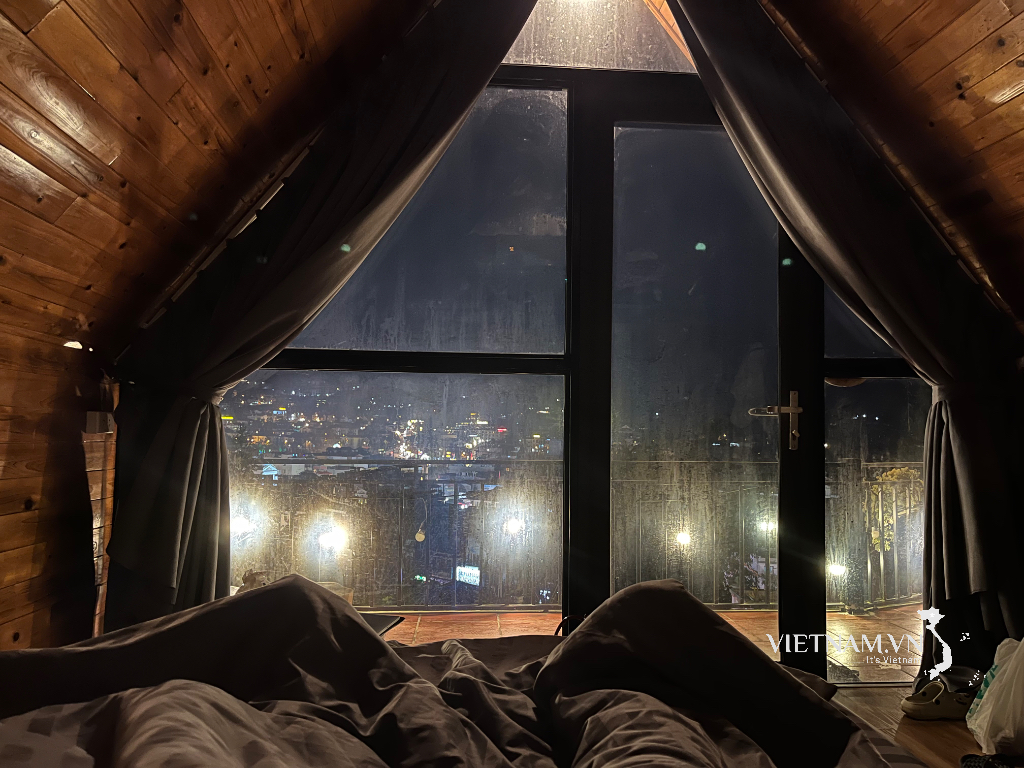
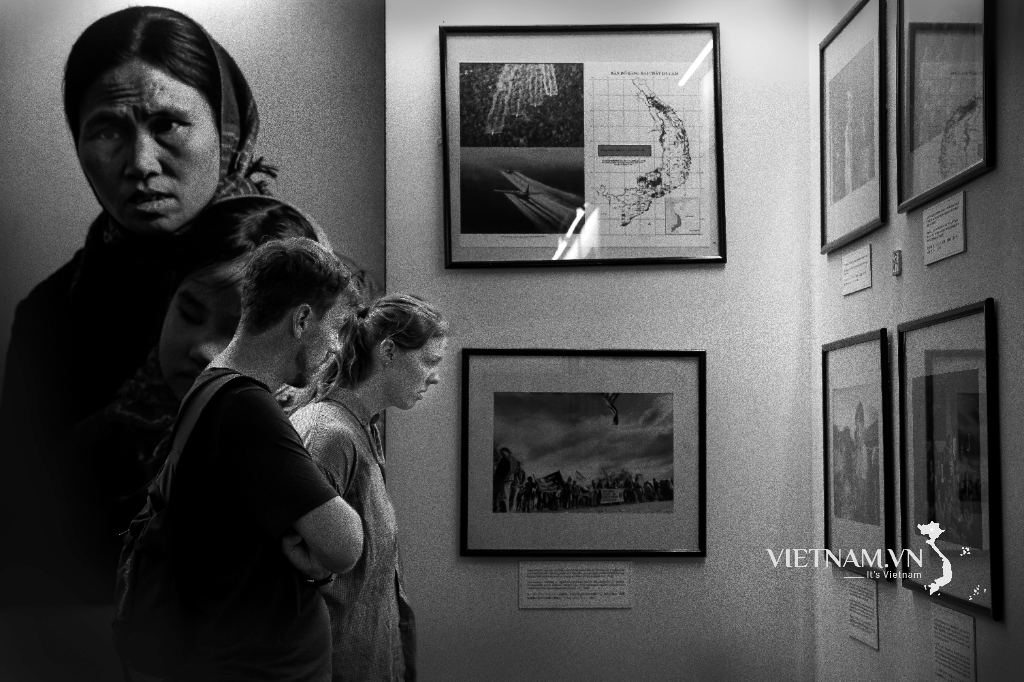

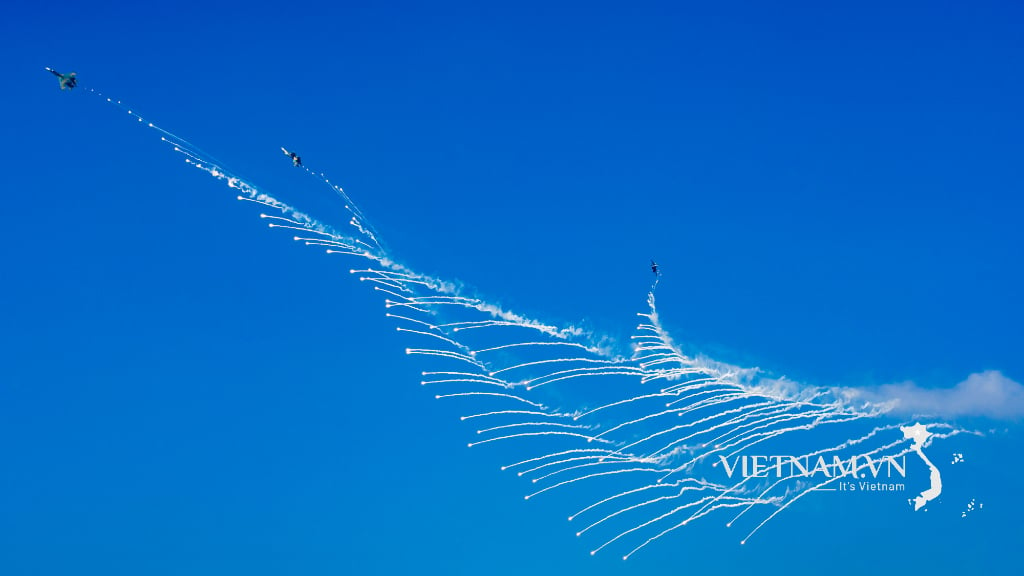
Comment (0)